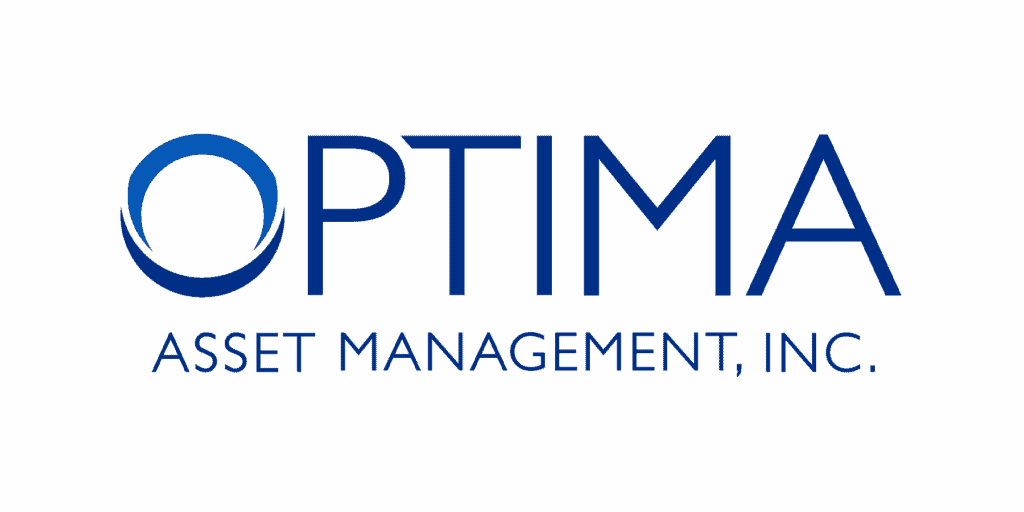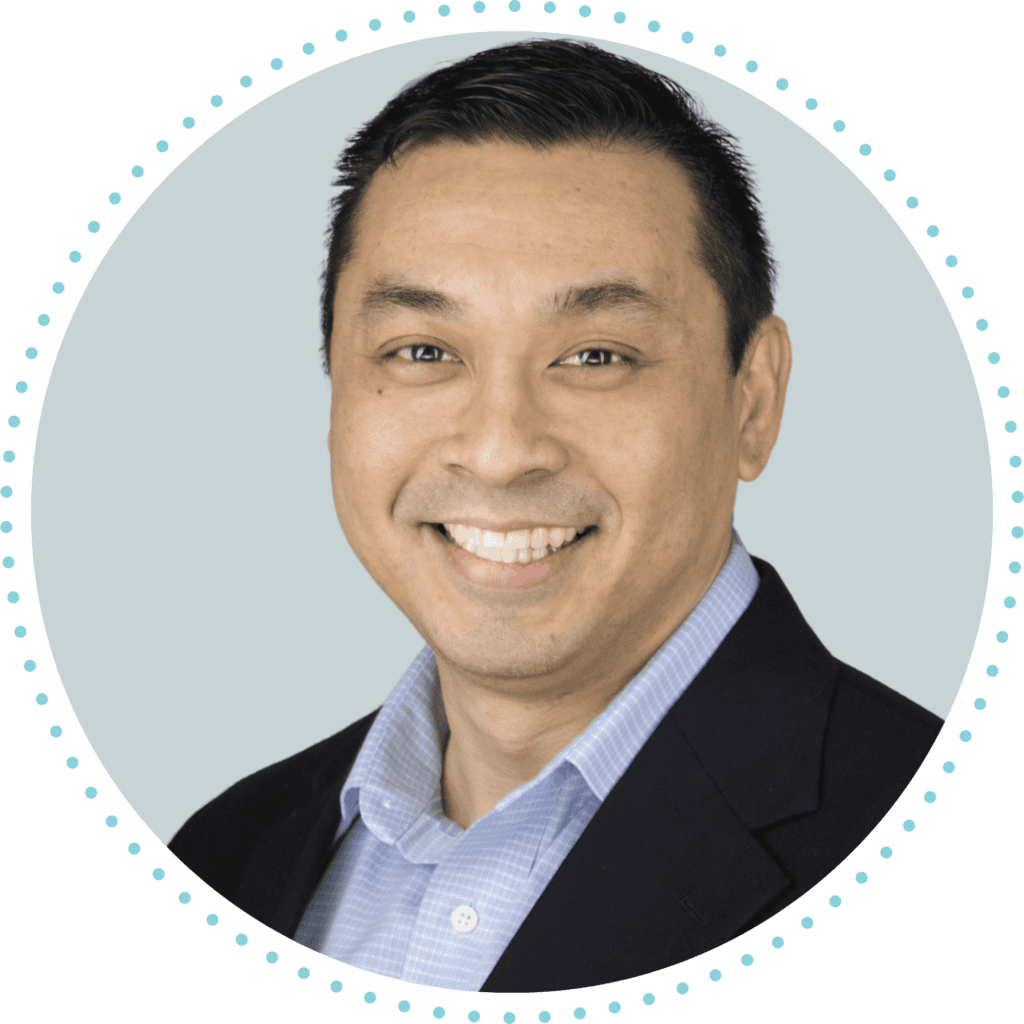You’re an early- to mid-career executive on the fast track. You’ve proven your value to the company, over and over again, and the people who really matter are starting to notice. The future is bright, and you’re preparing yourself to take maximum advantage.
Or … you’re a founder, an entrepreneur who is seeing the fruition of your vision. Your marketplace is opening up, and it is starting to look like the sky is the limit.
Or … you’re a professional whose practice is manifesting the benefits from those early years of blood, sweat, and tears. You’ve built a solid foundation, and now you’re reaping the rewards.
If you find yourself in any of these descriptions, it’s time to start building your retirement strategy.
“What?” you say. “I’m just now hitting my stride! It’s time to focus on growth, not on what happens when I’m ready to cash in my chips.”
If that’s your reaction, you really need to read this article. But if that was your first thought, you’re far from alone. The fact is, the majority of Americans—61%, according to a 2019 survey—delay saving for retirement until after their 20s, even though most financial advisors recommend getting started as early as possible. Further according to the AARP, a majority of Americans age 50 and older are worried that their retirement savings are insufficient.
The Gift of Time
The major reason why “now” is always the best time to start building your retirement nest egg is simple: the magic of compounding and growth over time. A person in their mid-20s can put away just $487 per month; at an average 8% rate of growth, that will amount to $1.7 million by the time they reach age 65. But if they wait until their 30s, they’ll need to set aside $741 at the same growth rate to reach the same goal. And of course, if you don’t get started until your 40s or 50s, the monthly savings requirement just gets bigger.
That’s why you should be saving now, while you’ve still got a good number of high-earning years left, so that when you’re ready to slow things down, you won’t have to worry about funding your desired lifestyle.
How to Think about Growth
But time isn’t the only leverage you need to build a solid foundation for retirement; you also need the right mindset for wealth-building. As a person in the prime of their high-earning years, you also need to understand the best ways to allow your investments to work for you. Because of the time between now and your retirement, you need to build a portfolio that can grow faster than inflation so that when you are ready to begin living on your accumulated wealth, it will still have the buying power your lifestyle will require.
Some investors think that the way to do this is by aggressive, in-and-out trading of assets in an attempt to time the market and, supposedly, obtain better returns. But financial research actually demonstrates that this approach is rarely successful at generating better-than-market returns over time. In fact, a recent examination of mutual fund performance found that 88% of mutual fund managers—investment professionals whose only job is to invest shareholders’ funds to generate profits—failed to achieve a growth rate equal to the S&P 500, during the period 2008–2023.
So, if professional fund managers can’t “beat the market,” what hope does an individual have for obtaining the long-term growth necessary to build a financially secure retirement? The answer lies in the importance of “time in the market” as opposed to “timing the market.” Investors who build diversified portfolios that match their tolerance for risk and who stick to their strategy through the various market and economic cycles can generally expect to capture the long-term gains available over time.
And here is where a professional, fiduciary financial advisor can be of tremendous assistance. By working with you to assess your goals, your resources, and your most important values, a fiduciary advisor can help you build a portfolio designed to weather the ups and downs of the financial markets and build significant value over time. Further, an advisor who is committed to the fiduciary standard of care is ethically and professionally obligated to provide guidance and recommendations that keep the client’s interests foremost at all times.
Other Benefits
Setting aside savings in a company-sponsored plan like a 401(k) can have other benefits, beyond building a foundation for retirement. Because accounts like this receive tax-favored treatment, the funds deposited are able to grow and compound without the “drag” of taxation, year after year. Additionally, the account can be structured to provide tax savings now—in the form of a reduction in taxable income (a traditional account)—or tax savings later, in the form of tax-free income in retirement (a Roth account). Here again, your professional financial advisor can work with you to determine the type of plan that makes the most sense for your situation or how to take maximum advantage of an employer-sponsored plan that may already be available to you.
At Optima Asset Management, we specialize in working with those who are building significant wealth to develop strategies for tax efficiency, financially secure retirements, and multi-generational financial legacies. If you would like to know more, please contact us today!









